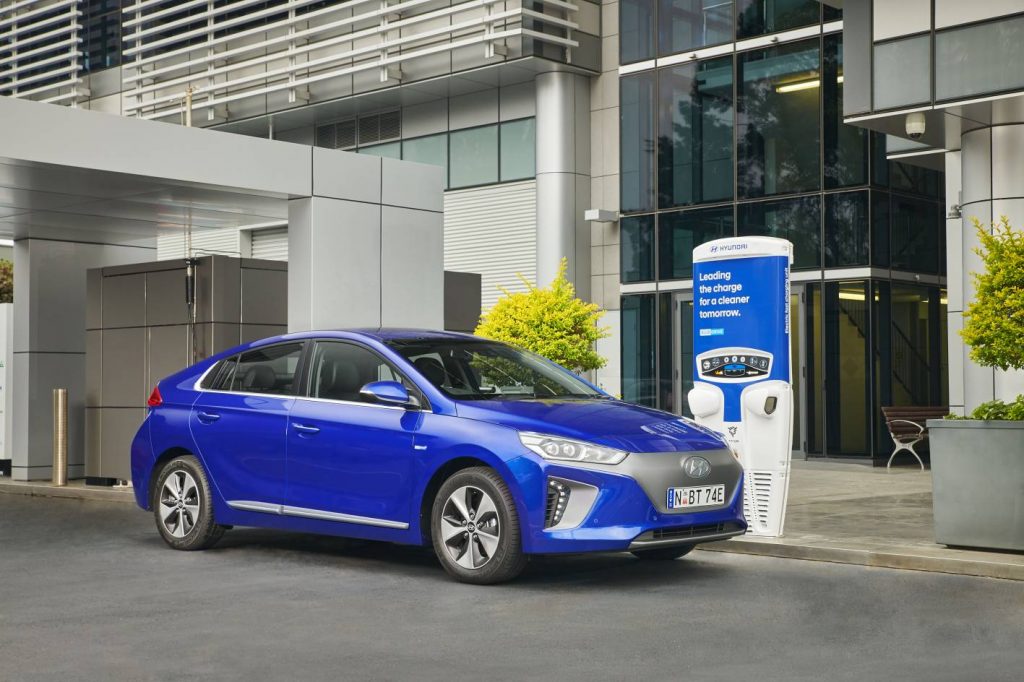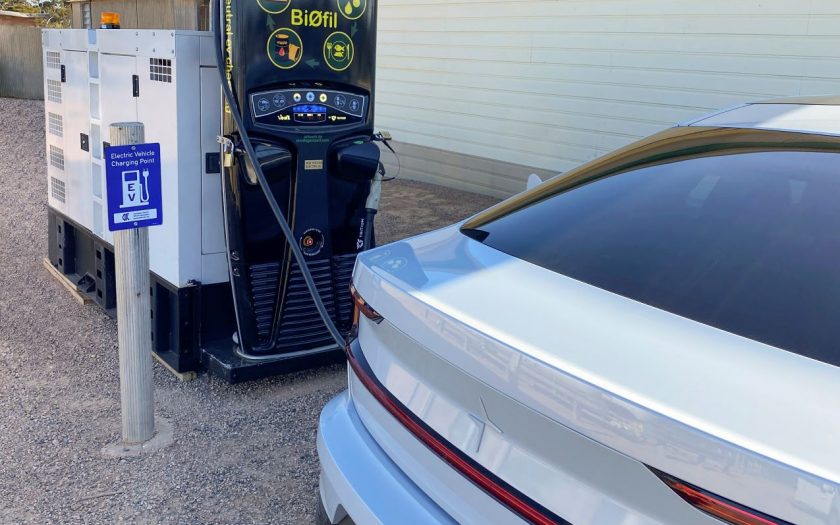THERE ARE MANY ISSUES facing the implementation of electric vehicles, not least of which is the lack of infrastructure. The simple fact is that we have failed to adequately plan for and prepare for the monumental change that EVs will mean.
seniordriveraus contributor Ian Crawford alerted us to a post from an electrical contractor in Melbourne, listing just some of the problems we face. It makes sobering reading.
“I RECENTLY DID SOME WORK for the Body Corporate at the Dock 5 Apartment Building in Docklands in Melbourne,” said the contractor, “to see if we could install a small number of electric charging points for owners to charge their electric vehicles.”
“We had our first three applications and we discovered:
- The building has no non-allocated (i.e. public) parking spaces. This is typical of most apartment buildings, so we cannot provide shared outlets.
- The power supply in the building was designed for the loads in the building with virtually no spare capacity. A total of only five or six chargers could be installed in a building with 188 apartments!!
- How do you allocate them? A charging point would add value to any apartment owning one. The shit-fight started on day one with about 20 applications received on the first day, and many more on following days.
- The car park sub-boards cannot carry the extra loads of even one charger and would have to be upgraded on any floors with a charger, as would the supply mains to each sub-board.
- The main switchboard would then have to be upgraded to add the heavier circuit breakers for the sub mains upgrade and furthermore …
- … When Docklands was designed, a limit was put on the number of apartments in each precinct and the mains and transformers in the streets were designed accordingly. This means there is no capacity in the Docklands street grid for any significant quantity of car chargers in any building in the area.
- It gets better. The whole CBD (Hoddle Grid, Docklands) and Southbank are fed by two sub stations. One is in Port Melbourne and the other in West Melbourne. This was done to have an alternate feed if one failed or was down for maintenance. Because of the growth in the City/Docklands and Southbank, if one goes out of action, the other is now not capable of supplying the full requirement of Melbourne zone at peak usage in mid-summer.
- The Port Melbourne 66,000-volt feeder runs on 50- or 60-year old wooden power poles above ground along Dorcas Street, South Melbourne. One pole is located 40cm from the corner kerb at the incredibly busy intersection of Ferrars St and Dorcas St is very vulnerable to being wiped out by a wayward vehicle.”

“The infrastructure expenditure required would dwarf the NBN cost, and that doesn’t even include the new power stations required. And it takes five to eight years to design and build a large coal-fired power station like Loy Yang and even longer to design and build a nuclear power station, even assuming you could get the political will to do it, the legislative changes enacted, and the necessary permits applied for and issued. Wind and solar power simply can’t produce enough to meet the demand. Tidal power might be able to, but that’s even further into the future.”
Still think we’ll all be happily living in a world of electric vehicles in 20 years’ time? And are you ready for the huge costs involved?
